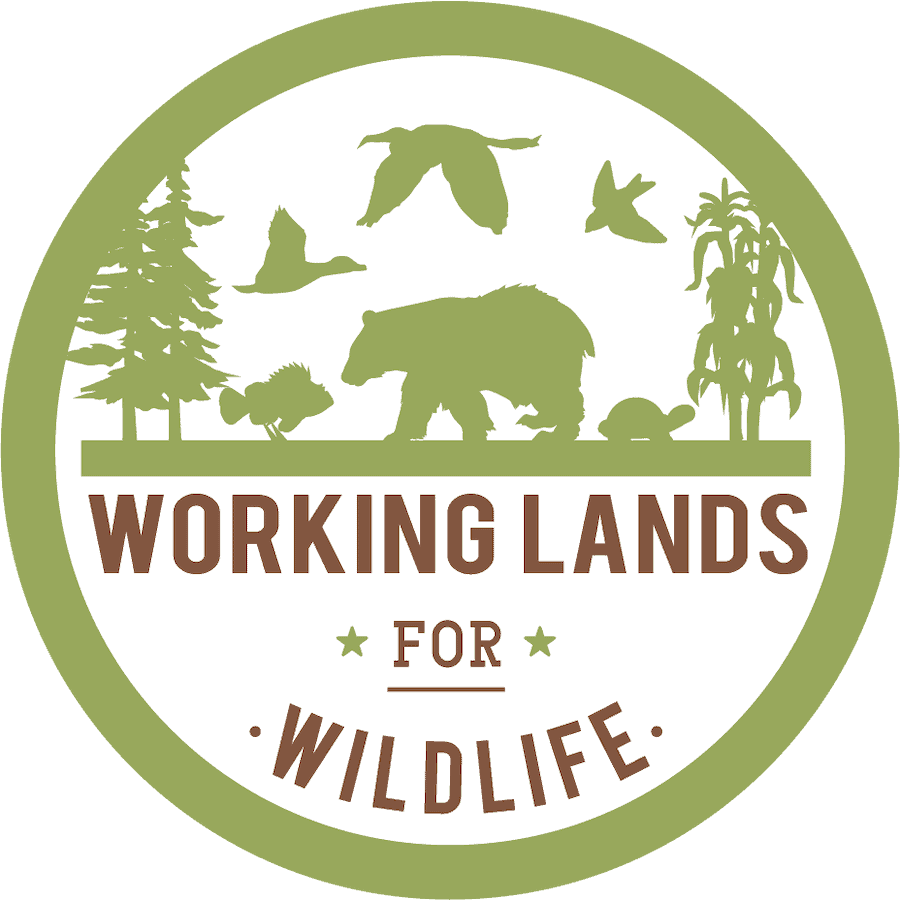-
 A New Partnership between the ACF and SARP
A New Partnership between the ACF and SARP
-
The Aquatic Connectivity Framework (ACF) and the Southeast Aquatic Resources Partnership (SARP) are excited to announce a new partnership to enhance aquatic habitat connectivity on private lands across the Southeast. This collaboration leverages the unique strengths of both organizations to address barriers that obstruct aquatic organisms from accessing critical habitats.
Located in
Stories
-
 The Southeast is Perfect for the Aquatic Connectivity Framework
The Southeast is Perfect for the Aquatic Connectivity Framework
-
The Southeastern United States is an absolute gem in terms of freshwater diversity. The rivers and streams here are bursting with life, making this region one of the country's most biodiverse places for freshwater species. The Southeast is home to around 600 freshwater fish species, 500 of which are endemic. This region is a global hotspot for freshwater biodiversity, making the Aquatic Connectivity Framework (ACF) an excellent fit for the Southeast. We aim to protect and restore these incredible aquatic habitats through a landscape-scale Working Lands for Wildlife approach.
Located in
Stories
-
Celebrating Bog Turtles During Wild Turtle Week
-
Wild Turtle Week gives us an opportunity to bring extra attention to turtles and our conservation efforts on their behalf.
Located in
News & Webinars
/
Bog Turtle News
-
To Restore Hellbender Habitat, a Biologist Visits the Farmers' Market
-
When working to restore wildlife habitat on agricultural lands, outreach to producers can be challenging. Private Lands Biologist Mike Knoerr figured out a way to make it much more efficient.
Located in
News & Events
-
NRCS Staff Support the Hellbender WLFW Program by Learning About Natural Design Principles
-
NRCS staff from four states met in Western NC to tour stream restoration projects for hellbenders and get a close up look at best practices.
Located in
News & Events
-
 Bog Turtle Wildlife Habitat Evaluation Guide (WHEG)
Bog Turtle Wildlife Habitat Evaluation Guide (WHEG)
-
WLFW uses WHEGs to evaluation before and after conditions anticipated from a contract.
Located in
Information Materials
/
NRCS Conservation Practices and Materials
-
 American Black Duck Image
American Black Duck Image
-
image.jpg
Located in
Black-Duck-site-images
-
 Distribution of the American Black Duck
Distribution of the American Black Duck
-
Distribution of the American Black Duck. This species breeds locally South to the dashed line.
Located in
Black-Duck-site-images
-
 Addressing Sedimentation Threats
Addressing Sedimentation Threats
-
Rivers and streams are the lifeblood of our environment, home to a stunning array of wildlife, from fish and amphibians to the aquatic insects that form the foundation of the food chain. However, these ecosystems are under growing threat from sedimentation and siltation. When excess soil and fine particles wash into waterways, they cloud the water, smother habitats, and disrupt the delicate balance that sustains aquatic life. The consequences ripple throughout the food chain, from the tiniest insects to the largest fish, threatening sensitive species like the Eastern hellbender and endangering fisheries.
Located in
Stories
-
 Cozying Up for Winter: The Bog Turtle’s Seasonal Slumber
Cozying Up for Winter: The Bog Turtle’s Seasonal Slumber
-
While we sip hot cocoa, these remarkable reptiles tuck themselves away, waiting for the warmth of spring to awaken their vibrant world again.
Located in
Stories


